Amazing discoveries and experiences await you in every issue of National Geographic magazine. The latest news in science, exploration, and culture will open your eyes to the world’s many wonders.
FROM the EDITOR
IN THEIR VIEW • THESE NORTH AMERICAN INDIGENOUS ARTISTS ARE ENVISIONING THE FUTURE
NATIONAL GEOGRAPHIC EXPLORERS • These contributors have received funding from the National Geographic Society, which is committed to illuminating and protecting the wonder of our world.
DEFENDERS OF THE REEF • The Hatohobei people’s innovative protections ensure an atoll’s health for generations to come.
PROTECTING PALAU • The Pacific island nation of 22,000 people prioritizes environmental preservation. The Palau National Marine Sanctuary, fully enforceable since 2020, bans all fishing in 80 percent of the country’s waters.
ELEVATING INDIGENOUS INNOVATION • U.S. Secretary of the Interior Deb Haaland is working to build a stronger relationship between tribal nations and the federal government—one co-stewardship agreement at a time.
OUR FIRE • Like Aboriginal women before her, Siobhan Singleton helps manage controlled burns—small, cool fires that spare the canopy—to shape the land.
THE QUECHUA SOUND • Young Indigenous musicians have transformed hip-hop into an expression of their language and culture.
A FAMILY MEAL • James Beard Award winner Sherry Pocknett shares a fish hash recipe with Northeast Woodlands roots.
THE HUNT • For generations, the Inughuit people have observed narwhals and pursued them through Greenland’s icy waters. They believe it’s time that scientists and government officials paid more attention to Indigenous knowledge.
ON THE ICE’S EDGE • In Qaanaaq, one of the world’s northernmost towns, and nearby settlements, a community of Inuit called Inughuit have traditionally hunted narwhals along the fringes of sea ice. But they say that hunting quotas and rising temperatures are threatening their way of life.
MORE THAN WORDS • A Māori model for teaching language has shown communities across the world a way to reclaim and rebuild their cultures.
FROM SKY TO SEA • An ahupua‘a is part of a larger system, called moku, that divided each island into pie-shaped eco-regions. The people of the Hā‘ena ahupua‘a on Kaua‘i fought to regain many stewardship rights over recent decades; today 92 percent of the area is intact. Pictured here as it would have been in the mid-1800s, this ahupua‘a traditionally functioned in part to support an institution of higher learning at a temple overlooking the sea.
ANCIENT PRACTICE, FUTURE PROMISE • A blueprint for sustainability is being re-discovered in the Indigenous Hawaiian moku and ahupua a systems of land stewardship.
THE CENTER OF IT ALL • Despite repressive laws and societal stigmas, many Indigenous Nigerians including those in the LGBTQ community, are expressing and celebrating their true identities.
A FUTURE IN INDIGENOUS HANDS • For National Geographic Explorer Keolu Fox, the key to harnessing the technology of tomorrow is centering the past.
‘THIS IS COFÁN LAND. OURS, NOT YOURS.’ • Hugo Lucitante reflects on how his fellow Cofán took radical, creative action when they saw threats to their lives and their land.
FOREST GUARDIANS • The Cofán people, some 1,500 in Ecuador and several hundred in Colombia, maintain protections over Andean foothills and Amazon rainforest—under threat from illegal loggers, miners, drug runners, and others.
A SACRED JOURNEY • Buryat Mongol elder Erjen Khamaganova shares how Mongolia draws from Indigenous values in protecting its land.
RISING STARS ON THE PRAIRIE • Native filmmakers have built a thriving hub for talent in Tulsa.
ON LOCATION IN OSAGE NATION
NEW from NATIONAL...

 Dec 01 2025
Dec 01 2025
 Nov 01 2025
Nov 01 2025
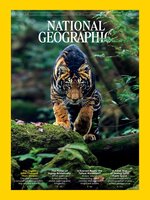 Oct 01 2025
Oct 01 2025
 Sep 01 2025
Sep 01 2025
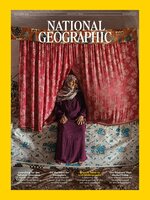 Aug 01 2025
Aug 01 2025
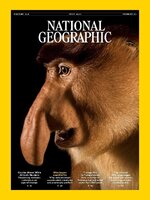 Jul 01 2025
Jul 01 2025
 Jun 01 2025
Jun 01 2025
 May 01 2025
May 01 2025
 Apr 01 2025
Apr 01 2025
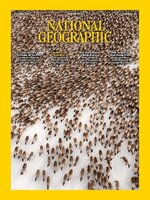 Mar 01 2025
Mar 01 2025
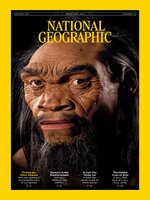 Feb 01 2025
Feb 01 2025
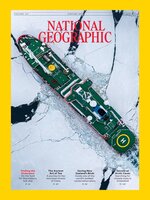 Jan 01 2025
Jan 01 2025
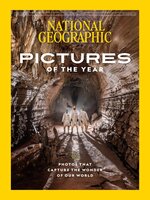 Dec 01 2024
Dec 01 2024
 Nov 01 2024
Nov 01 2024
 Oct 01 2024
Oct 01 2024
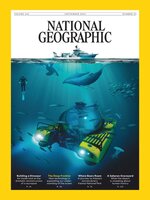 Sep 01 2024
Sep 01 2024
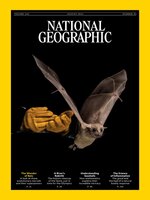 Aug 01 2024
Aug 01 2024
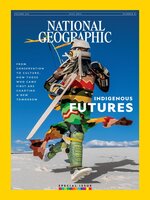 Jul 01 2024
Jul 01 2024
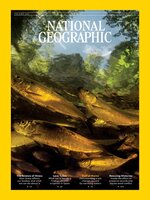 Jun 01 2024
Jun 01 2024
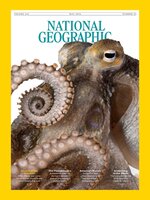 May 01 2024
May 01 2024
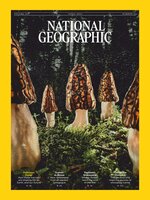 Apr 01 2024
Apr 01 2024
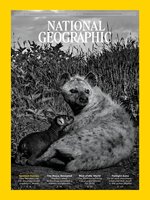 Mar 01 2024
Mar 01 2024
 Feb 01 2024
Feb 01 2024
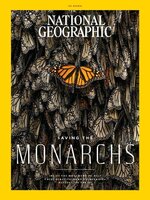 Jan 01 2024
Jan 01 2024